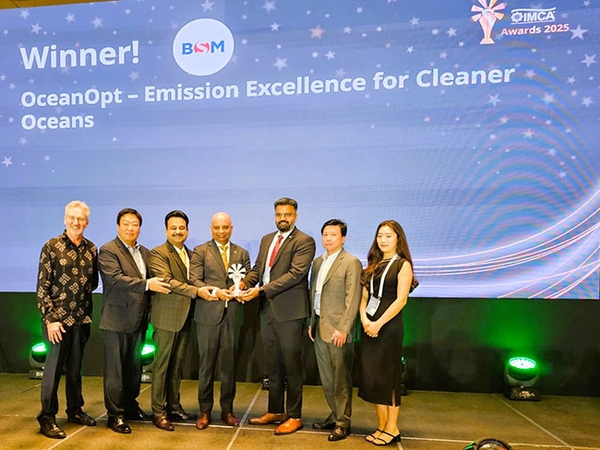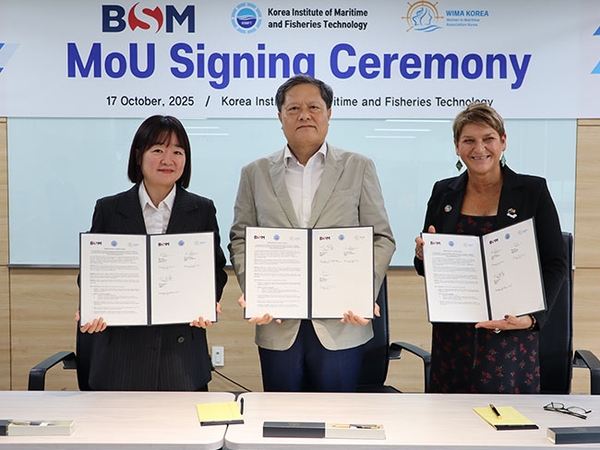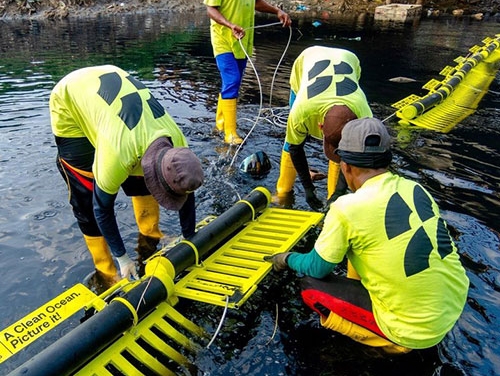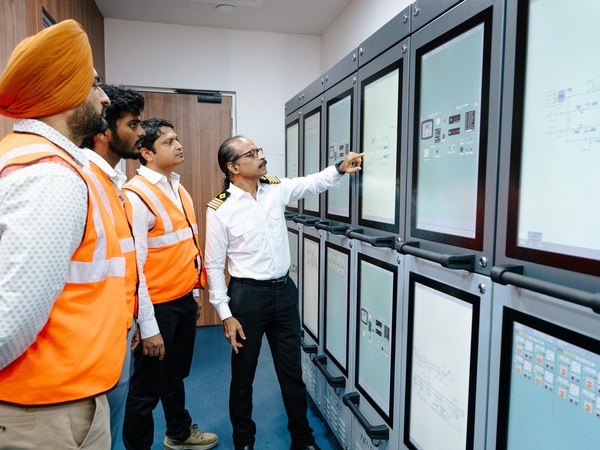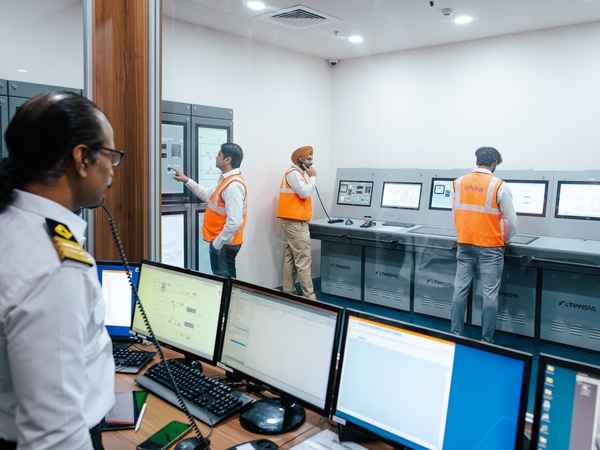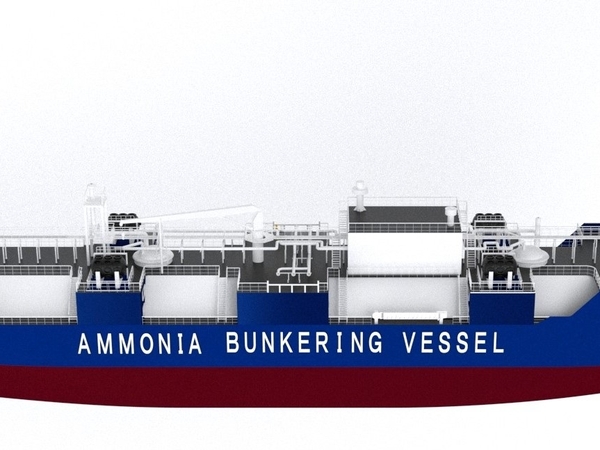The incident
A monthly abandon ship drill was in progress on board a ship that was at anchorage awaiting berth. The master instructed the crew to launch the freefall lifeboat. While the master remained on the bridge, two navigating officers and eight crew started launching the boat.
The crew launched the empty lifeboat to the sea using the launching davit. After an in-water test, the crew hoisted the lifeboat up to the recovery position and hooked the the release system.
Navigation Officer A entered the lifeboat to reset the lifeboat release system from inside the boat. Navigation Officer B was taking photographs near the doorway in the bent-over posture.
When Navigation Officer A operated the release system and slightly inserted the safety pin to secure it, the hook got released suddenly. The lifeboat moved approximately 1.5 to 2.5 m downward on the guide rail. Navigation Officer B lost his balance and fell head-first to the deck that was about 6 m below.
He was transferred to a hospital by a coast guard helicopter. However, he was pronounced dead on arrival and the cause of death confirmed as brain contusion.
Consequences
- Fatality
- Delays
- Loss of reputation of the company
Causes
- Failure to follow procedures:
- Lack of risk assessment and risk awareness – Proper risk assessment was neither carried out nor hazards involved discussed with personnel carrying out the drill. Navigation Officer B was unaware of the risks involved in launching / recovery of freefall lifeboat.
- Lack of PPE – Navigation Officer B was taking photographs in a bent-over position at a height without using a safety harness.
- Complacency – It is possible that Navigation Officer B took a casual approach while taking photographs as it was a routine task for him to move in and out of the lifeboat for regular inspections and testing.
- Inadequate monitoring / casual approach - The hook of the release system was released from the ring of the boat davit, probably because the lock piece was not hooked in the appropriate place.
Lessons learnt
- Carry out a risk assessment and discuss all probable hazards with all personnel involved before carrying out any task.
- Master or C/O to regularly provide on-site demonstrations of the freefall lifeboat release and recovery system.
- Always use appropriate PPE while working.
- Ensure that all equipment used is in good condition and properly secured as necessary. Double checking of proper operation of the hook lock could have saved the life of Navigation Officer B.
- Paint the lock piece in a different colour to easily check whether it is in proper position.
- Share the incident to all fleet ships as a learning experience and convene a safety meeting to discuss this incident.
- Superintendents must check operation of the lifeboat release system during ship visits.
Source: Japan’s Transportation Safety Board (JTSB)
